Development of a Salamander Embryo – Yale University Department of Anatomy (1920s)
Everyone of us started life from one single cell formed by the fusion of an egg and a sperm. That single cell gave rise to every structure in our bodies. How did that happen? Salamanders are known to be able to regenerate limbs while frogs and lizards cannot. How and why? The time lapsed footage of salamander embryos developing from single fertilized eggs forms the basis of our morphological understanding of animal development. The footage recorded by Yale University researchers […]


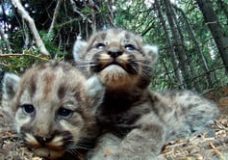



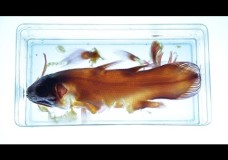
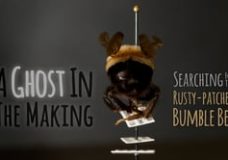
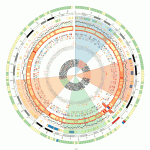

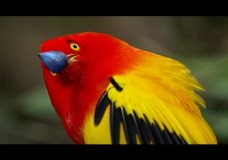
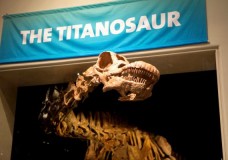
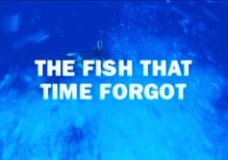

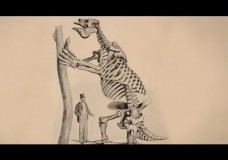


Recent Comments